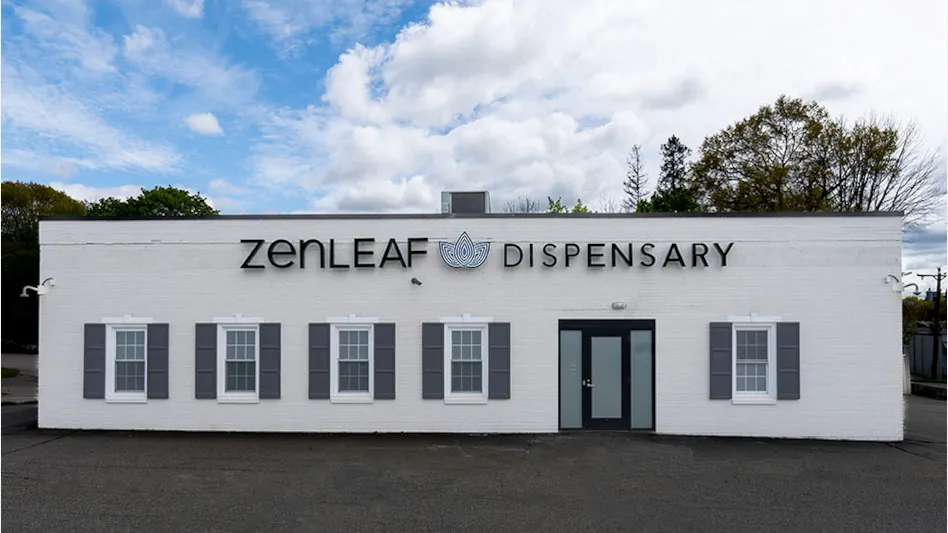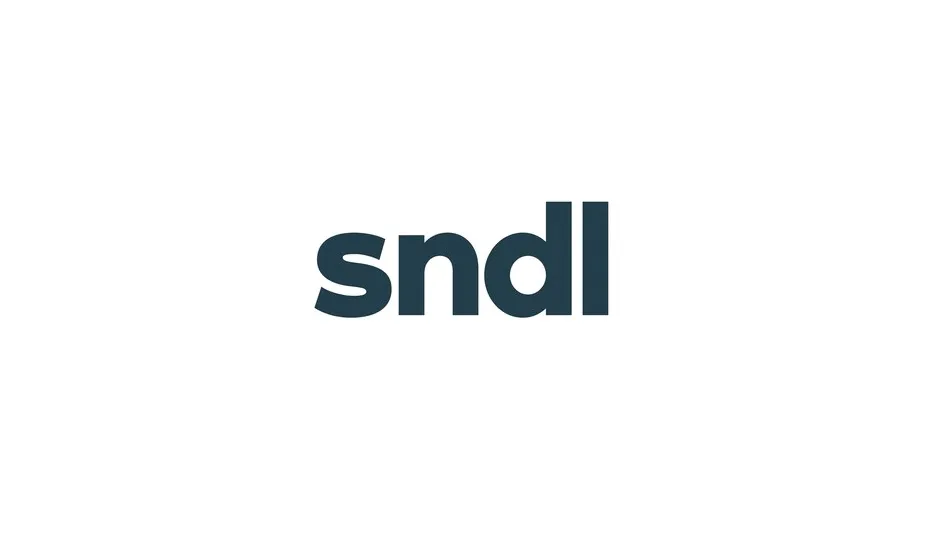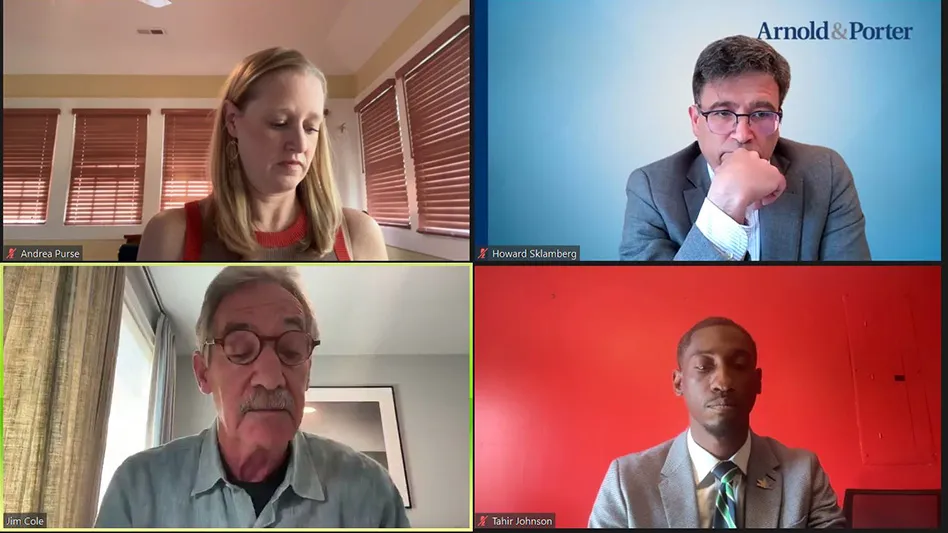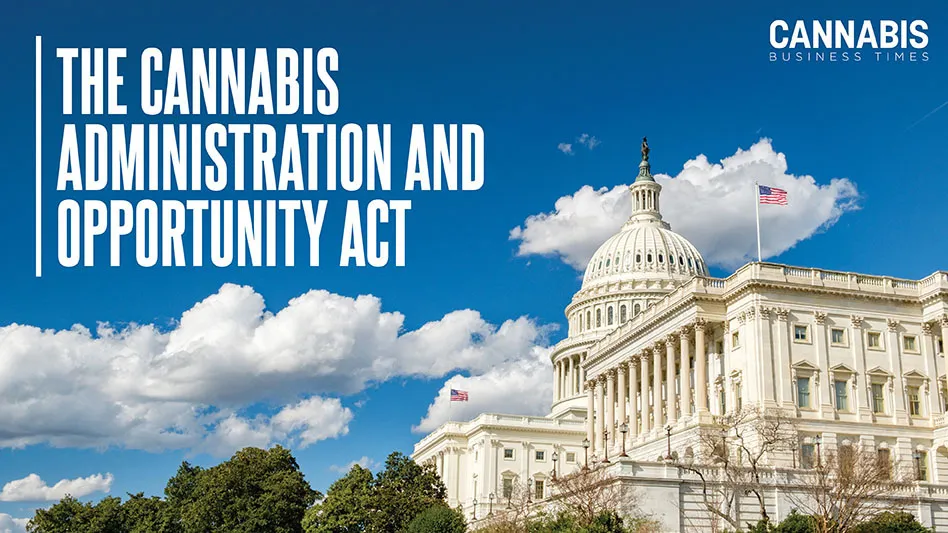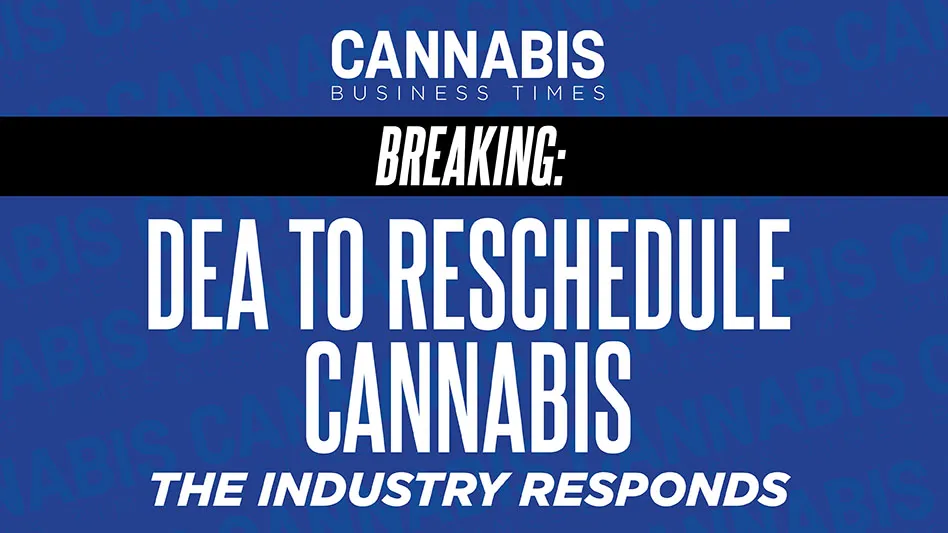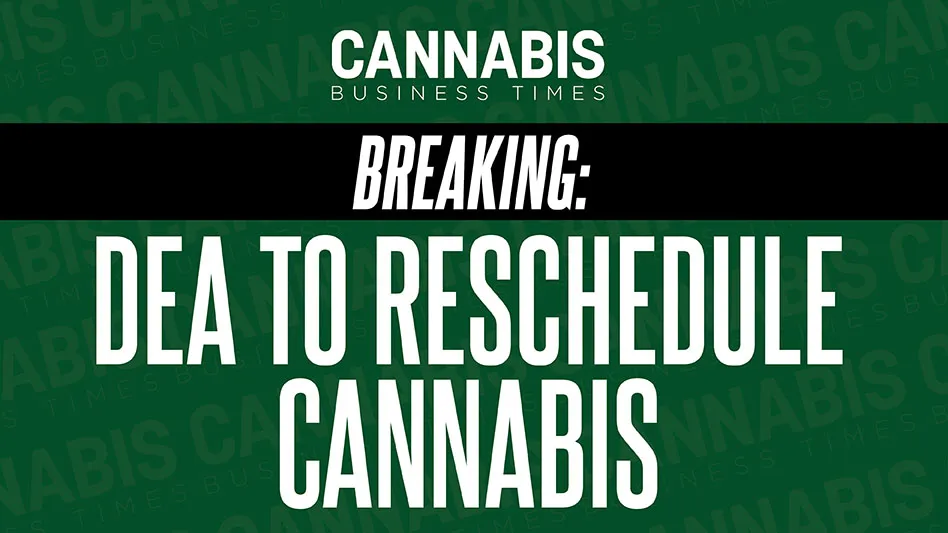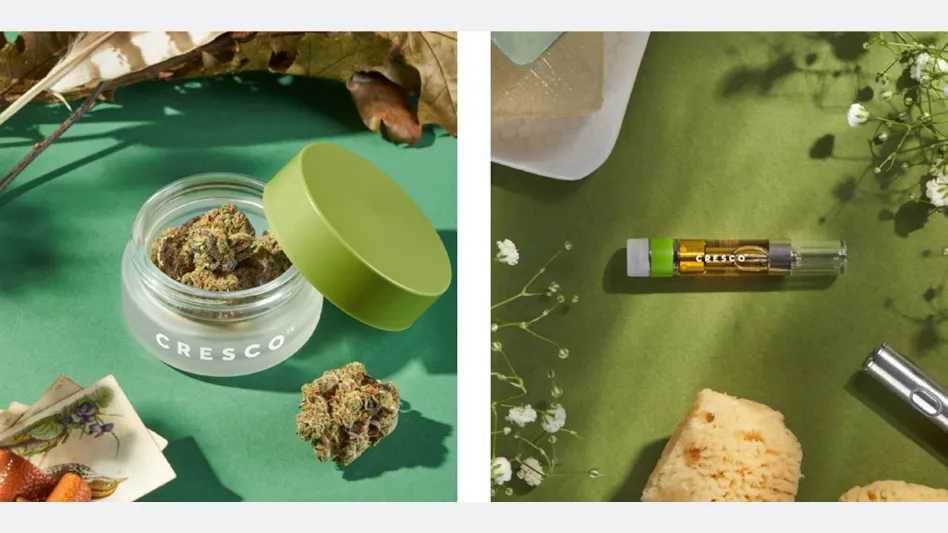
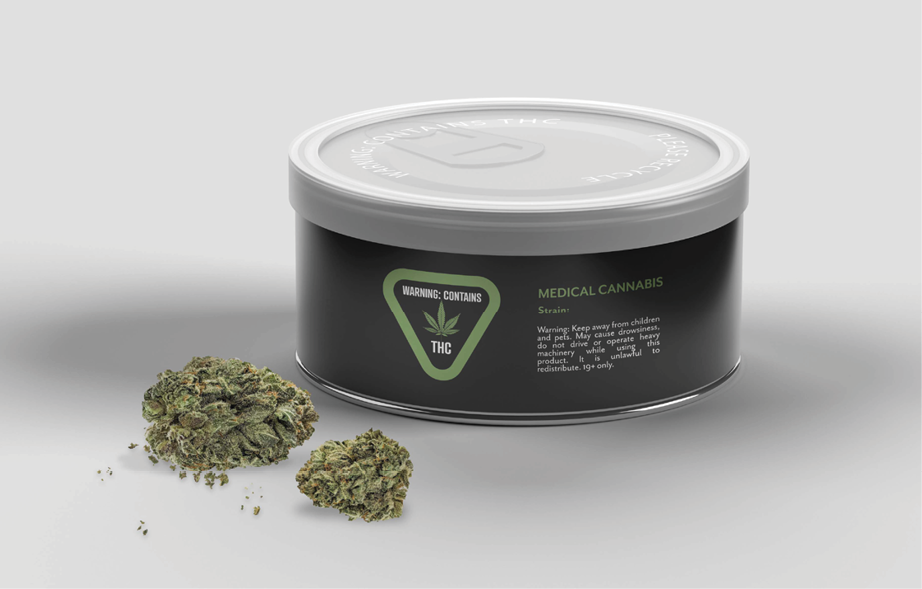
In the cannabis industry, it can be difficult to find packaging for your products that not only represents your brand but also protects and preserves what’s inside.
From the product’s shelf life to designs that stand out from the crowd, here are five tips to consider when making product packaging decisions.
1. Balance product quality and stability, operational efficiency, and consumer experience.
Several cross-functional decisions lead to packaging selection. Most, if not all, decisions are focused on a delicate balance of three elements: product quality and stability, operational efficiency, and consumer experience. All three are important within the context of a brand’s architecture to ensure packaging represents desired brand attributes as authentically as possible. Value brands may have different packaging than premium brands, for example.
With respect to product quality and stability, Cresco Labs selects forms (the type of packaging, such as a jar or tube) and substrates (the material the packaging is made out of) that protect and preserve the product as best as possible. For operational efficiency, we consider complexity of pack out and automation along with cost and lead times. When it comes to consumer experience, decisions are focused on look and feel, along with size and ease of opening.
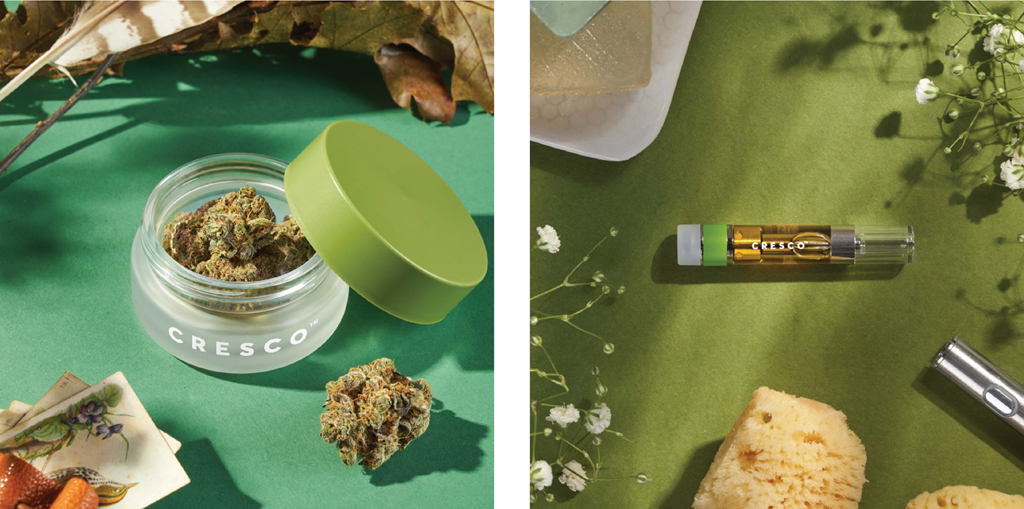
2. Ensure packaging preserves freshness and moisture levels.
Product freshness and stability should be key elements in your packaging decision-making process because they are integral to the consumer experience—and quality wins in the long run.
Upstream processing, specifically the cure process, is paramount, and packaging is really a means to ensure all work and discipline involved in that process are not lost. Primary packaging form selection is the critical decision point for preserving freshness and maintaining optimal moisture levels.
If selecting jars, the seal of the lid to the jar body is most critical, and this can be further supported using pressure seals or induction seals within the lid. Pouches are also popular because of not only their lower price point, shorter lead times, and size and weight benefits, but also their product preservation attributes. When it comes to pouches, size does matter, and it’s really a balance between pack-out efficiency, shelf space and consumer experience. Larger sizes may be easier to pack out; however, they take up more shelf and storage space and, in certain cases, can lead to a consumer opening their product, seeing empty space and feeling like they got less than they paid for.
3. Factor in target audience and efficiency when making merchandising and design decisions.
When looking at the consumer experience element of your decision matrix, one primary goal is to have your packaging stand out. The use of color and graphics is easy to focus on, but beyond the packaging itself, how you merchandise is probably the largest contributor to shelf appeal. Selecting a unique form can also be a differentiation strategy; however, it can often present challenges for operational efficiency that can limit scalability and often comes at a premium price point.
Consider other factors and trends when determining how much importance to place on shelf appeal, such as online ordering compared to in-person shopping trends, targeted consumer segment, packaging refresh frequency, the importance of strain-specific packaging to the product and/or brand, and representation of brand attributes. Some of these factors may make a business owner less likely to prioritize how the products are displayed, especially if many of its consumers don’t shop from shelves and shop online instead.
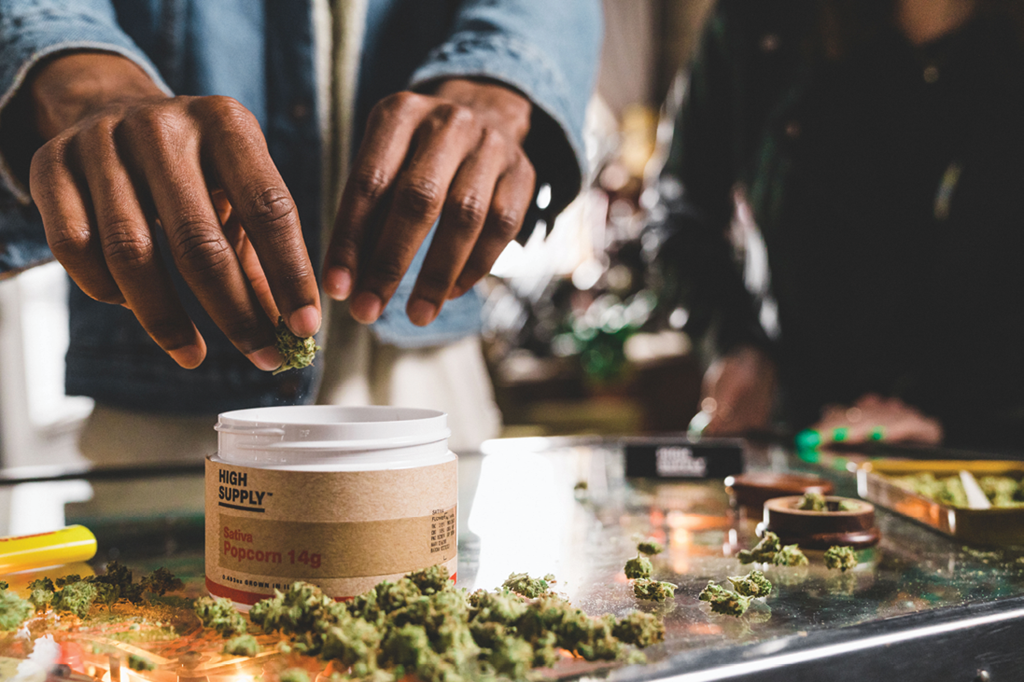
4. Consider conversion efficiency in packaging design and functionality.
You can achieve both functionality and attractiveness at whatever scale you pay at. For a multistate operator (MSO) like Cresco Labs, we are focused on conversion efficiency, which we measure by throughput rate of a line (units per minute) and cost to convert biomass into a finished packaged good for sale. This typically tips the scale more toward functionality over design. We are focused on how the form performs with respect to pack out and automation, material, finished good storage, and lead time and obsolescence risk.
That said, design plays an important role in driving functionality because, if done correctly, it can deliver universal solutions across states. More specifically, designing packaging solutions where variable labels can be created, printed and applied at the facility where pack out happens greatly increases flexibility and mitigates obsolescence risk. Having a smaller footprint and/or product set does afford operators the opportunity to tilt the scale more heavily toward design, but regardless of size and scale, opportunity lies in limiting the number of primary forms within your packaging portfolio because you can design several versions of the same form.
5. Follow packaging regulations closely and build trust with officials.
The cannabis industry needs universal packaging regulations that integrate best practices from other industries, such as alcohol and tobacco. While there are some commonalities across states with respect to cannabis packaging regulations, the state-by-state differences, often nuanced with limited value, dramatically increase operational complexity. The issue isn’t whether to have a warning label; the issue is that every state’s warning label is different. Despite the challenges, work to build stronger relationships with regulators by building trust through adherence to regulations, which can ultimately help you influence policy. Continue to build an industry coalition to lobby on a federal level, and make sure to include packaging suppliers in that coalition.
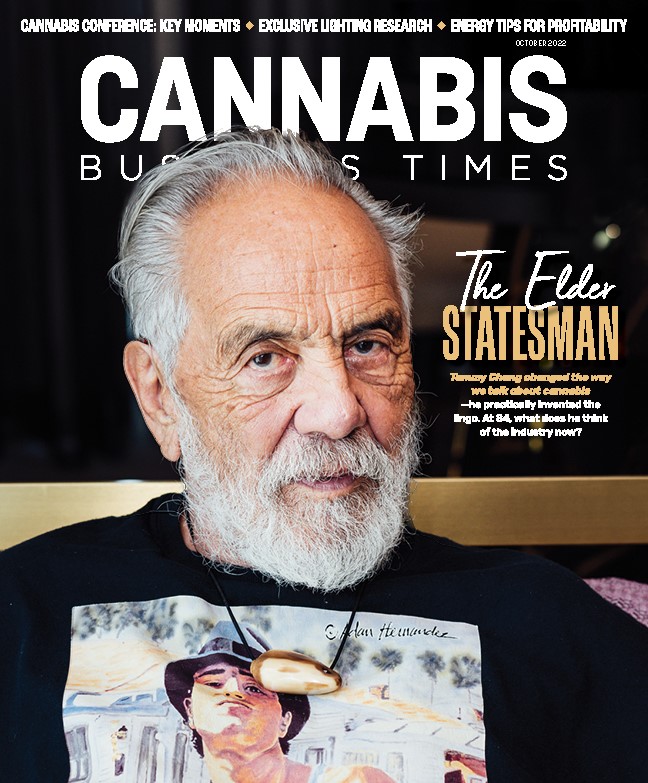
Explore the October 2022 Issue
Check out more from this issue and find you next story to read.
Latest from Cannabis Business Times
- Rescheduling Would Have Saved Verano $80M in 2023 Tax Payments, CEO Says
- Aurora Marks 1st Medical Cannabis Shipment to New Zealand Market
- Where All 100 US Senators Stand on SAFER Banking Act
- Blumenauer Unveils Legislative Blueprint, Additional Administrative Action Needed Following Rescheduling
- Cannabis Rescheduling FAQ: What Now?
- From Custodian to Cultivation Supervisor
- California City in Cannabis Retail Desert Welcomes 1st Dispensary
- US Senate Democrats Forgo Addressing Intoxicating Hemp in 2024 Farm Bill Summary
